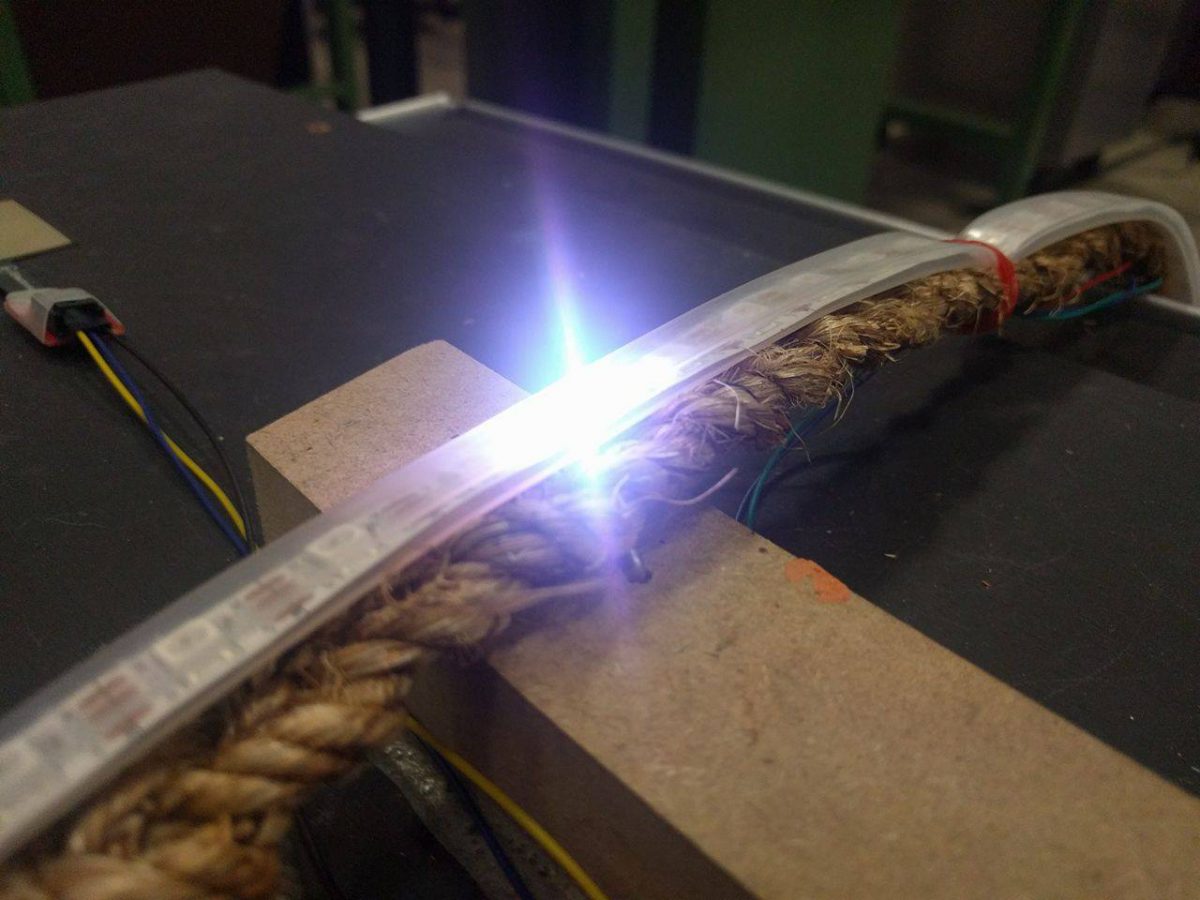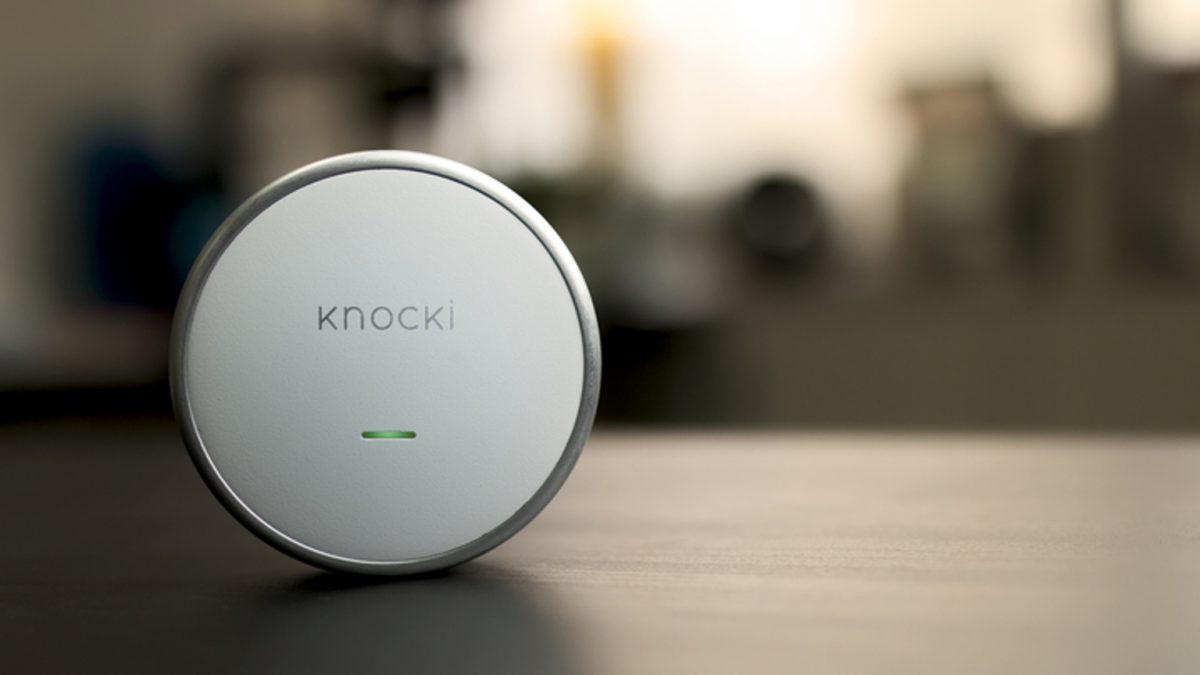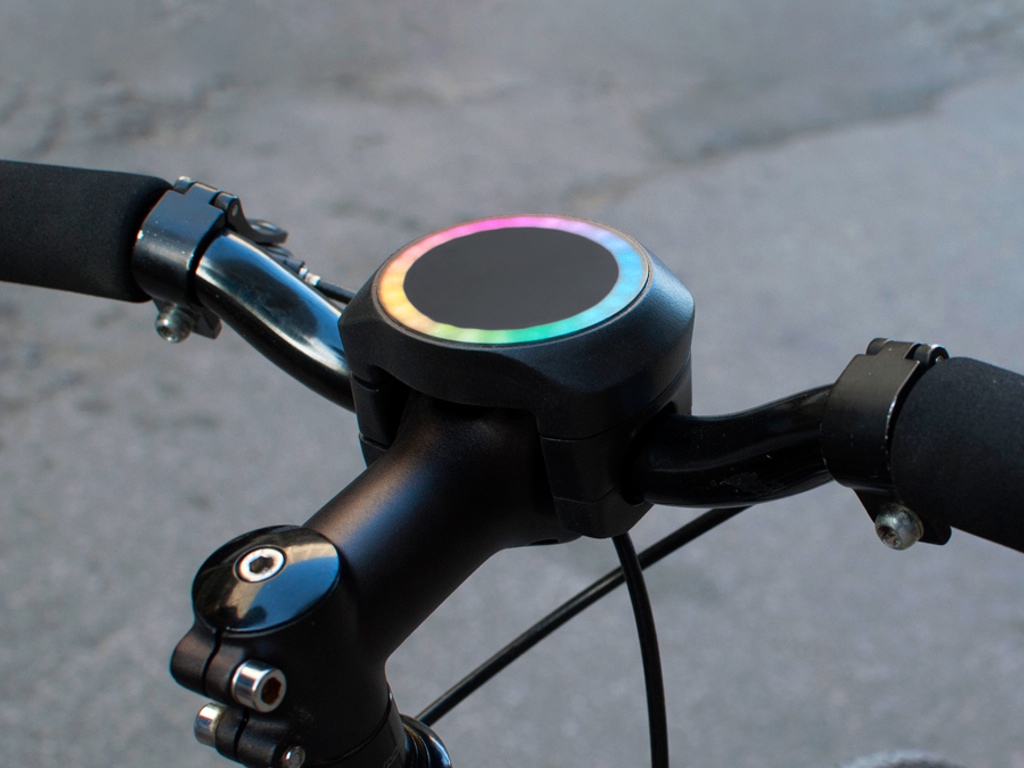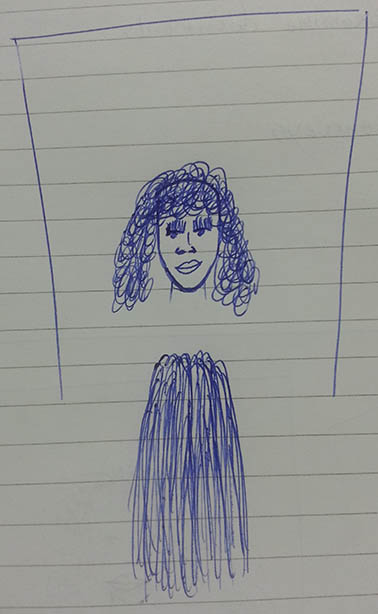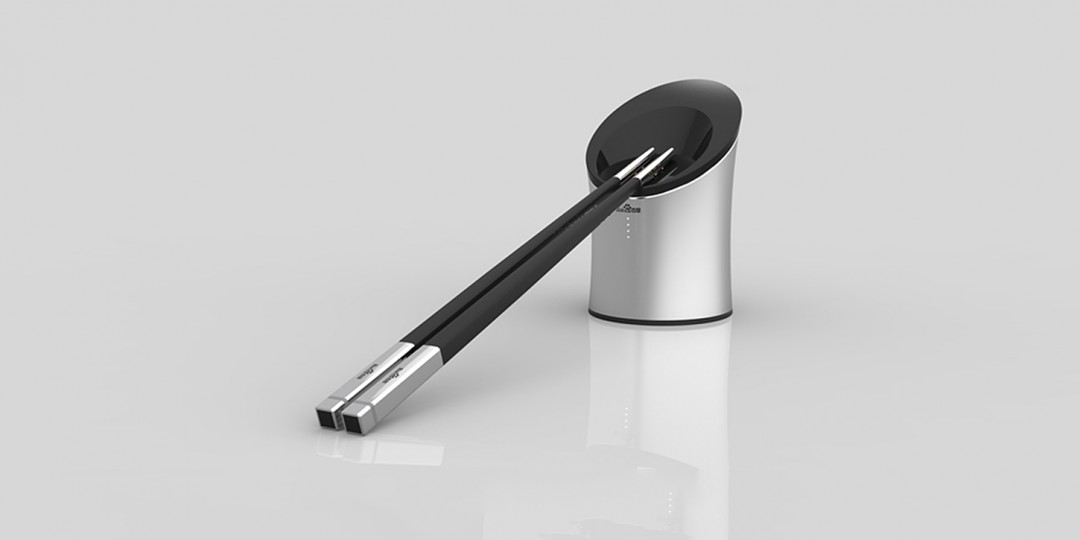This project was made by Arvid Långström and Viktor Sieger.
Context
We wanted to create an alternative way to compete in a classic competition, namely tug of war. Since the outcome of the original game is always decided by who’s the strongest, we wanted to create a more even playing field in some way. The goal was for all participants compete on the same terms.
To achieve this we wanted to employ some sort of sensors to emulate the tugging instead of using force to pull the rope.
Scenario
- 2 players required, opposed each other.
- Both players grab a device with a pressure button.
- A LED-strip is placed in between the players.
- A start button is pressed to start a game after a short countdown which is indicated by the LED-strip.
- After the countdown each player has to find the correct amount of pressure. The amount is always randomly generated each round.
- If the correct amount of pressure is found, the lights on the LED-strip starts to light up gradually moving towards you.
- Lights start from the middle of the strip.
- The closer you are to the correct pressure the faster the light move toward you.
- You win if the light has reached your end.
- Reset by pressing the start button again.
- If no one has won the round in 10 seconds a new pressure amount is generated.
Technologies
To make our contraption work as intended we needed to make use of a couple of sensors and devices.
- LED-strip – to act as the rope, and show which way it is being tugged.
- Pressure sensors – to act as a tugging mechanism. Press it just the right amount to pull toward you.
- Arduino.
- Cables – to connect and power everything.
